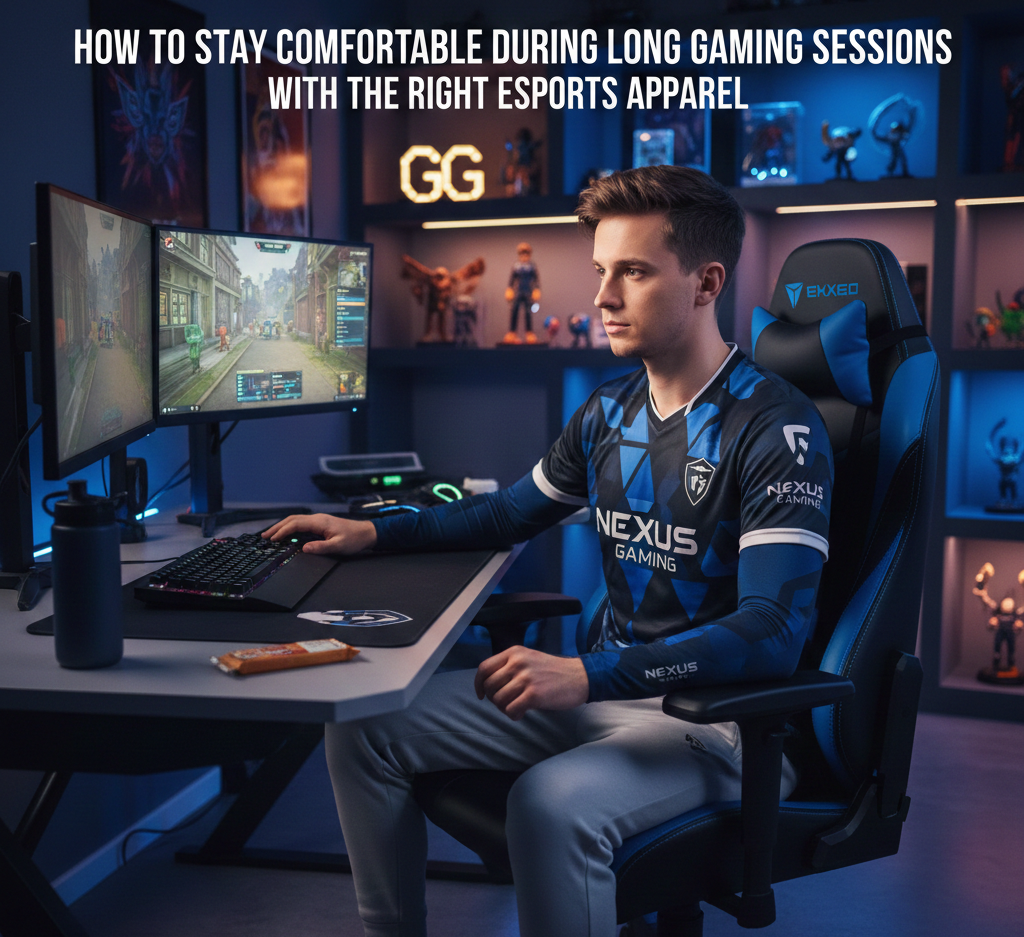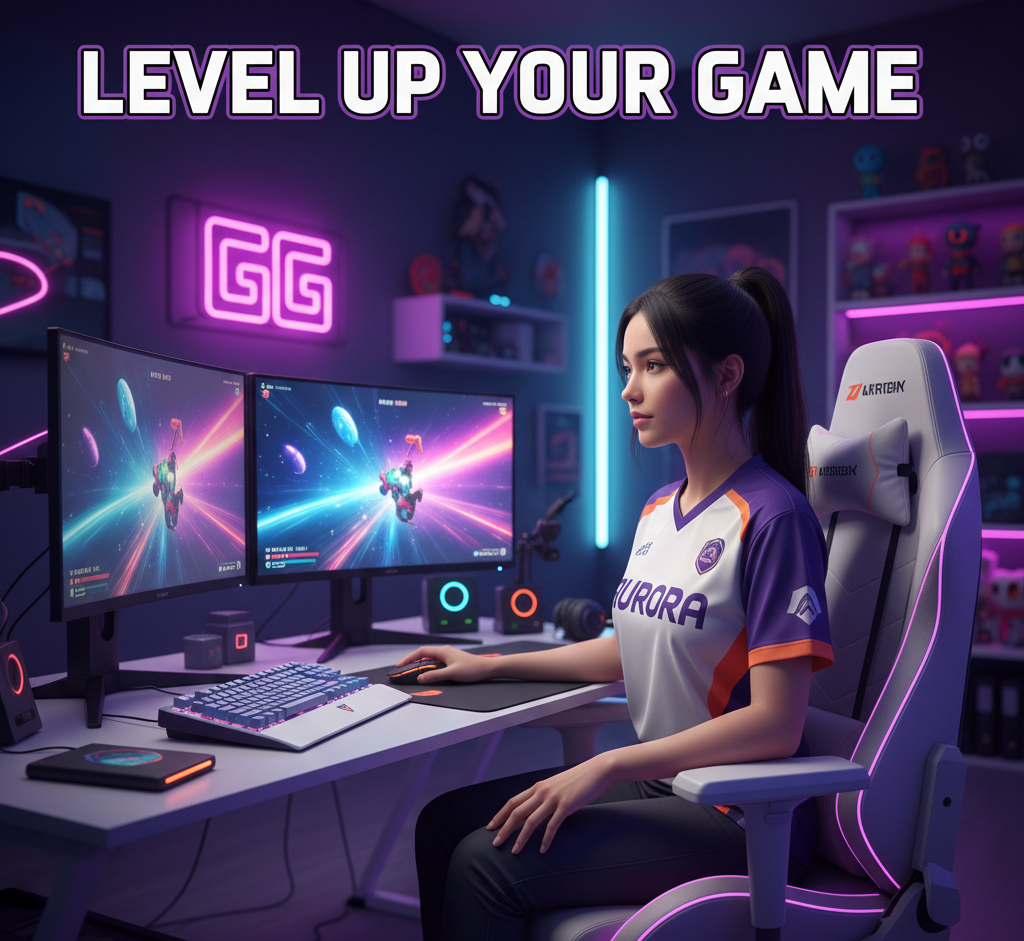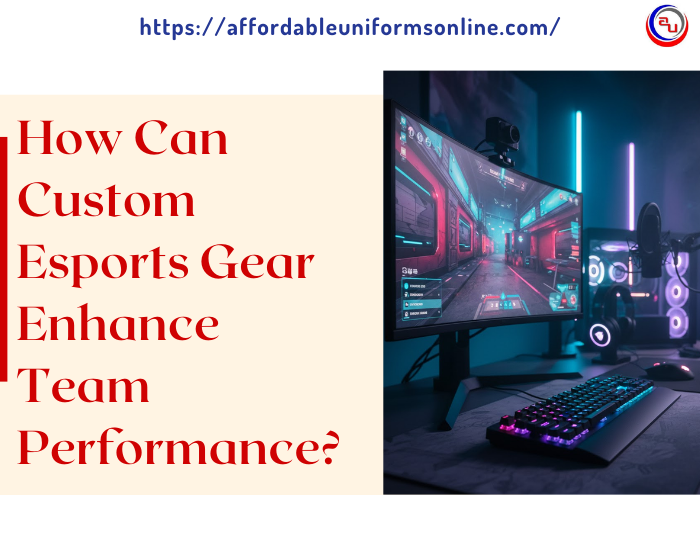Jersey Printing Techniques — Pros and Cons

If you’ve ever envied someone you saw at a stadium for wearing a custom-made jersey, you might have wondered how they got it. How was the design made? How did the ink stick to the fabric? How can you get one just for you? In this article, we’ll be going over the most frequent jersey printing techniques and comparing them to see what are their pros and cons. At the end of this, you’ll hopefully be able to know where you can get a cool jersey that will make you stand out and what technique to opt for.
Nowadays, getting shirts printed is incredibly easy and not as expensive as it was once in the past. Most people already have at least one item of clothing in their wardrobe that has some kind of text on it. This is especially true for sports fanatics. Here are some of the most common printing techniques big brands and companies use to make their signature shirts.
Screen Printing
The first technique we’ll discuss is screen printing. This method was invented in China in the 900AD but only brought to Europe and the United States in the 1910s. The pattern or design is applied to a mesh (typically polyester) by the use of pressure and force so that the ink permeates the fibers. Finally, the chosen design is transferred onto the garment by the use of force and pressure. And that’s that!
Pros
Durable…
Because the inks used in this process are very thick and of great quality, the printed items of clothing will be able to withstand greater amounts of stress (think of friction, heat and so on) without getting damaged.
Best for bulk-buys
Each design will require the use of screens that need to be manufactured specifically for this purpose, meaning that this is a good option for large-scale projects with a lot of pieces being printed on. By choosing this method for large orders you will make the price per item go down significantly.
Amazing finish…
The inks and the process involved in screen printing make the colors really pop and appear much more vibrant and appealing. When compared to other techniques that don’t use the same kinds of ink, this one will give you the most eye-catching colors.
Versatile and flexible…
Almost every surface will work with screen printing. As long as the fabric is in a flat position and well stretched with no visible wrinkles. It not only works with all kinds of clothing fabrics (such as polyester and cotton) but also with wood, metal and even plastic!
Cons
Not good for small orders…
Because there’s a need to build custom-made screens for each project, it can get very expensive if the order is not big enough. It’s probably not the way to go if you’re looking to not splurge on a few items.
The more colorful, the more expensive…
Again, it’s not a cheap option if you want to get a lot of colors printed on your item. Every color has to be applied to a different screen that needs to be made from scratch, which makes the final bill heavy. Simplicity is the way to go with this technique if you’re looking to save.
Not environmentally friendly…
Despite industry efforts to come up with screens and inks that aren’t as damaging to the environment, they are still harmful and make screen printing not the ideal option if you want to reduce your ecological footprint.
Heat Pressing
This is a much simpler process than screen printing in that it requires only one machine, a hot press, and special paper and ink with which the design is created. First of all, the design is created and printed using special ink onto a special thin paper proper for the heat press. Then, the fabric we want to apply the design to is laid out flat and without wrinkles on the heat press with the printed paper on top and finally, the machine is closed. The design will be transferred onto the fabric easily after some pressure and heat have been applied to it.
Pros
Fast process…
For relatively small projects, it’s not very time consuming to heat press designs onto shirts. Since all you need to do is get the design printed onto the transferable paper and then close the heat press machine, it shouldn’t take you a long time to get through a small batch of shirts.
Designs can be colorful…
As long as you can print the design, you can add as many colors as you desire. It’s not going to cost you any more or less to have a design featuring three or ten colors, unlike what happens with screen printing.
Unlimited design options…
You can also opt for a very simple or complex design and they will both cost you the exact same. As long as you can come up with the pattern you’d like to see on the garment, you can print it easily and cheaply.
Cons
Not very durable…
Heat pressing isn’t the best method if you’re after a garment that will keep its design as pristine as it was on the first day. You’ll have to be very careful with how you treat the garment, otherwise, the print won’t be there for long. You can’t put the printed item in the washing machine in hot cycles and you can’t iron it, things to keep in mind because they might become high-maintenance pieces.
Stiff garments…
Because of the print paper, the designs will be stiff even when applied on flowy fabrics. No matter how well you treat your garment, there’s no way of making it soft again.
Large orders are time-consuming…
Since it’s a very manual process, dealing with large orders can be annoying because it will take a lot longer than what it would using other methods. As a consequence, depending from store to store, it can get expensive if you’re planning on printing in bulk.
Sublimation Printing (or Dye-Sublimation)
This method uses both heat and special computer printers to get the design applied to any area of the garment you would like. This is also known as the “all-around print” because you’re not limited to printing on only one area of the garment, you can even print on top of the side seams with no problem. It’s a very computerized process in which the machine, after it has been given a design, uses heat to transfer the dye onto the fabric.
Pros
Flexibility in design…
You can come up with any design you want, and can even choose to have the print displayed from side seam to side seam. This will get you a piece that is printed all over and is sure to stand out. You can also make your design colorful and have intricate details, as this won’t cost you more than if you were to go with a simpler pattern.
Sharp details…
This very precise printing method is ideal for those pieces that will have very fine details you want to look neat and well-detailed. The computer and the machine will effortlessly print your design on the fabric without compromising the sharpness of the edges and pattern.
Good for small orders…
Unlike the screens used when screen printing, dye-sublimation doesn’t need special supplies that will have to be discarded after you’ve completed your project, it’s not an expensive option for small orders. Since you only need to print the design onto special paper, you’ll be saving money even if you choose this method to style only a few items.
Very durable…
Sublimation is perfect if you want your garments to live long lives. The garments can be washed and ironed without being damaged and they can withstand all kinds of stress and still look spotless.
Cons
Creases in the garment are a problem…
If the shirt wrinkles or gets even the tiniest crease on it, the whole printing process will be ruined. The design won’t be applied correctly to that area and you’ll be left with a blank spot where the crease was. It’s a very sensitive process and must be looked after by a watchful pair of eyes.
Printers are slow…
It’s a slower process than others, which can make labor costs go through the roof in comparison to other methods. This one is a problem that is being solved as technology advances and the more recent printers are cutting down on time spent printing.
Only works well with some fabrics…
If you’re planning on using this technique, keep in mind that only polyester fabrics or poly-cotton blends with high percentages of polyester will work. The further away you stray from the polyester percentage, the less sharp and vivid your design will look.
So what should I choose?
If you’re thinking of setting up a company that handles fabric printing, you’ll need to consider the size of your orders, how much you intend to charge, and much more.
If, however, you’re only looking to have a jersey custom made for you, you’ve landed on the right page. Maxxim Sports sells high-quality, tailor-made sublimated jerseys and sports equipment. The quality has been tested by all of their customers and they have a diversity of products for you to choose from. Whether you’re into baseball, basketball, soccer, football or even cheer, Maxxim Sports has what you’re looking for. You can browse through the products here.














